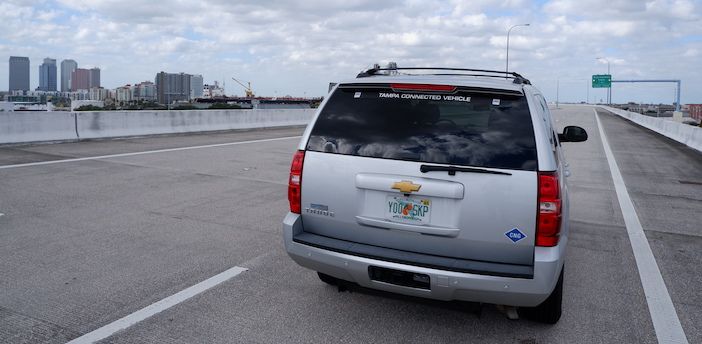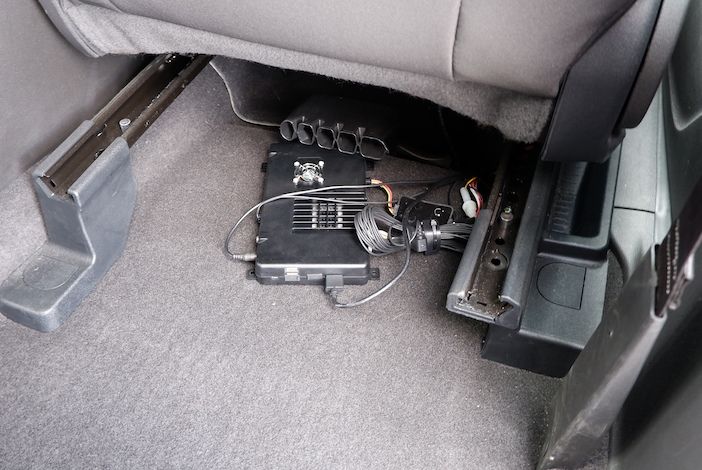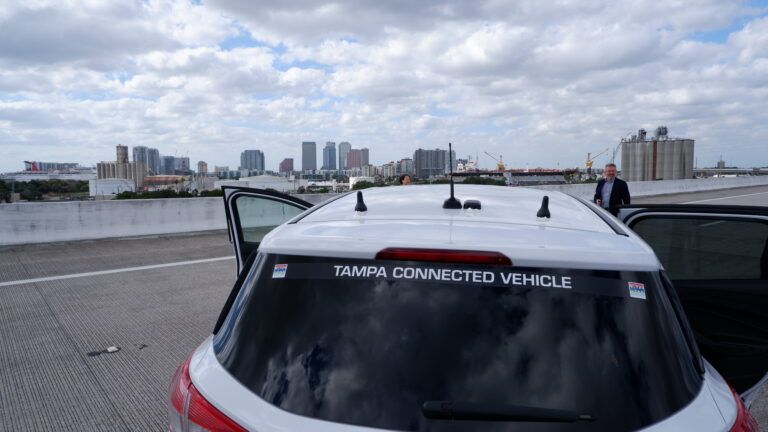One of the key outcomes from Florida’s Tampa Hillsborough Expressway Authority (THEA) Connected Vehicle Pilot has been to highlight that technology classed as ‘deployment ready’ often encounters significant problems when trialled in a real-world setting.
According to the latest statement from the USDOT’s ITS Joint Program Office, the pilot – which was one of three it set up and oversaw across the USA as part of its Connected Vehicle Pilot Program – found that there were challenges in migrating functionality from the laboratory and vendors’ local field testing to the THEA Connected Vehicle Pilot deployment area.

“One of the biggest lessons learned was realizing in hindsight that the field testing and integration were initially significantly underestimated. Moving a complex technology with many variables requires more testing in a deployed situation than in the laboratory,” reads the statement. “The lack of OBUs deployed and operating in a real-world environment was a considerable disadvantage to the vendors and the Connected Vehicle Pilot.
“Additionally, existing OBU applications were not as mature and ready to deploy as previously thought. Consequently, more effort had to be put into testing applications that were believed to be ready for deployment. Other deployers should take heed that certain applications may be falsely marketed as deployment ready, when they in fact still require additional research and development to work effectively.”

The Tampa Hillsborough Expressway Authority (THEA) Connected Vehicle Pilot deployed 47 roadside units (RSUs) along THEA’s Reversible Express Lane and in Tampa’s Central Business District. At its peak, THEA deployed over 1,000 onboard units (OBUs) in personal vehicles, buses, and streetcars.
When THEA kicked off research at the time indicated OBU vendors had stable hardware with several working applications. During Phase 1, THEA brought in multiple OBU vendors to demonstrate their hardware and software solutions.
Most of the vendors demonstrated basic vehicle-to-vehicle (V2V) applications such as Forward Collision Warning, Emergency Electronic Brake Light, and Intersection Movement Assist, and a few vendors demonstrated vehicle-to-infrastructure (V2I) applications – such as the variable speed limit warning system, which TTI saw being tested in the video clip above. Vendors who demonstrated at their own facilities had a much higher degree of success than those who demonstrated at THEA.





